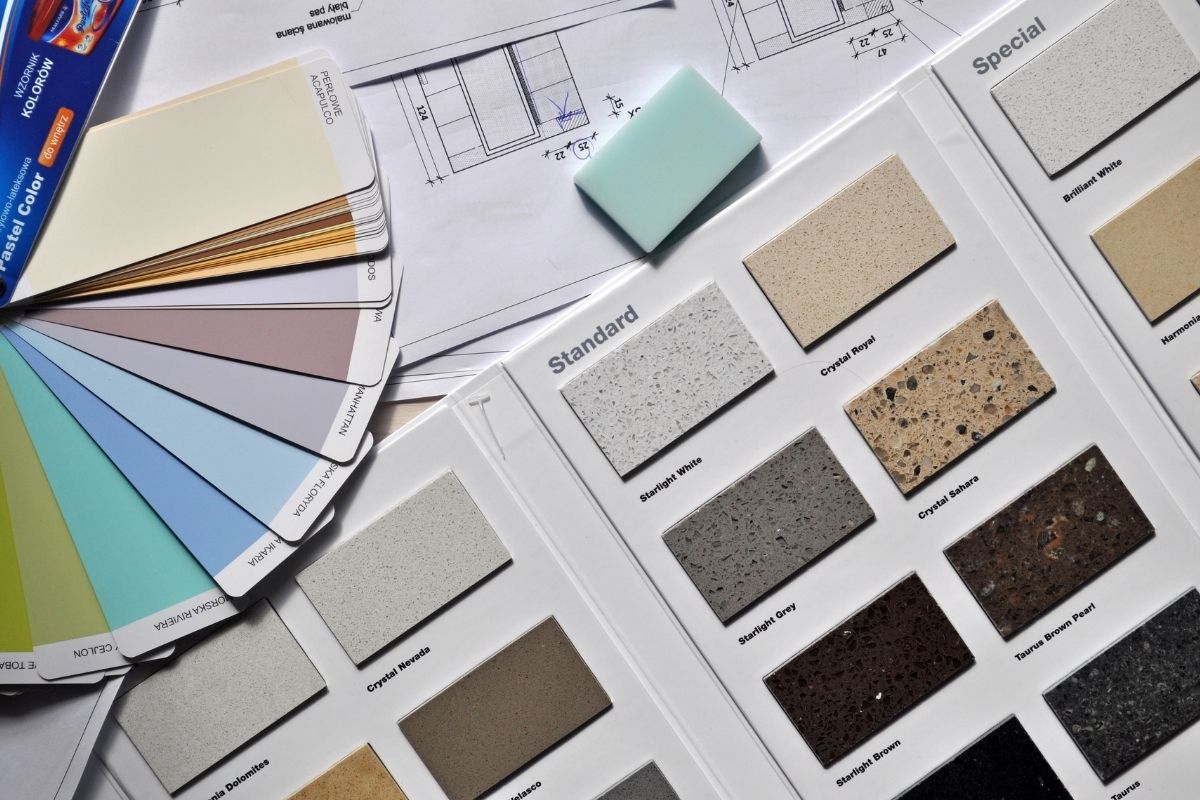SEO Foundations: Keywords
When it comes to SEO for ecommerce, one of the main things we focus on each day is keywords. SEO revolves around keywords. Keywords can be anything from a single word to a phrase or a full sentence that a user types into Google to search for something. We utilize various paid and free tools that we use to analyze these keywords. These tools allow us to identify which keywords are most valuable for our specific needs.
The keyword search volume is an important criteria that we use to determine a keyword’s value for an ecommerce brand. Keyword search volume measures the average number of searches that people make using this specific keyword in Google search. Keywords can be broken down into the more general head keywords and the more specific long-tail keywords. Keywords often follow a pattern. The more general a keyword is, the more search volume it is likely to have. Higher search volumes expand our pool of potential ecommerce store visitors.
At the same time, these more general keywords are also more vague than the specific long-tail keywords. Vague keywords makes it harder for Google to understand the specific search intent of those users. If you’re using it in your own SEO strategy, you need to have content that covers a broader topic. This type of content needs to cover everything that users might be interested in.
On the other hand, long-tail keywords are far more specific. People search for them less often. However, users that use long-tail keywords often convert better if you target the keyword correctly. Simply because they are looking specifically for what you have to offer in your ecommerce store.
We need to take each user’s thinking process into consideration when planning content. If we know exactly what users are looking for, we should focus on long-tail keywords. If we have a variety of different products in your ecommerce store, services, or a broad topic that we’re trying to cover, focusing on generic keywords is a better way to go.


